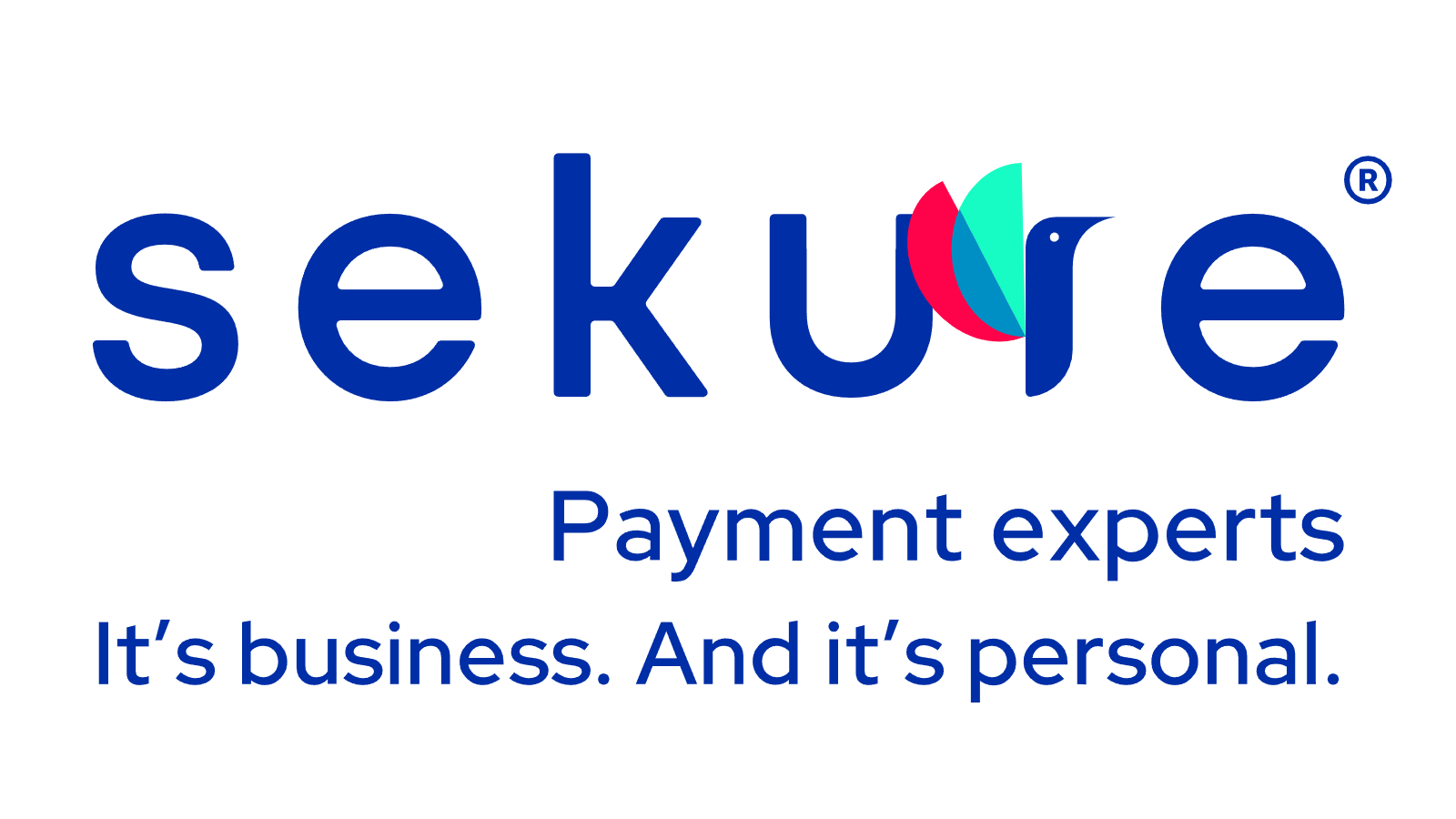Contactless payments are quickly becoming the preferred way to pay. In fact, Mastercard's earnings reveal that 50% of global in-person transactions are now contactless — and this trend shows no signs of slowing.
That’s where "tap to pay," a popular form of contactless payment, comes into play. This convenient and secure transaction method allows customers to make purchases quickly by simply tapping their NFC-enabled cards or smartphones on a payment terminal. As this method gains traction worldwide, Juniper Research reveals that 94% of all smartphones globally are already NFC-enabled — expected to grow to 99% by 2027. This surge highlights the growing preference for quick and easy payment methods, establishing tap-to-pay as a key component of modern financial transactions.
Keep reading to explore the details of tap-to-pay, including why it's essential for businesses to offer this payment method and how to ensure it's a secure and efficient option for customers.
Tap to pay: How it works
Simply put, tap-to-pay is a quick and effortless way to complete contactless transactions. It uses Near Field Communication (NFC) technology, whether through a contactless card or a smart device. Thanks to radio-frequency identification (RFID) and electromagnetic induction, data is exchanged between devices when they're just a few centimeters apart. This means devices can communicate instantly, without any physical contact or the need for Wi-Fi.
Let’s take a closer look at how the process works:
- Initiate payment: The customer taps their contactless card or NFC-enabled device (like their smartphone) to a payment terminal or card reader.
- Proximity requirement: The customer's device needs to be very close to the terminal — usually just a few centimeters away — to ensure safe and quick data transmission.
- NFC chip activation: The tiny NFC chip in the customer's device activates and securely sends their payment data.
- Data transmission: The payment data is transmitted to the merchant's point of sale (POS) terminal through short-range wireless signals.
- Secure data processing: The terminal receives the customer's information, verifies it and authorizes the purchase. A unique, one-time code is generated for that specific transaction if approved.
- Contactless convenience: All this happens in a flash, without any need for physical contact or manually entering payment details.
Types of contactless payment options
There are several contactless payment options available, offering convenient, secure and efficient ways to complete a contactless transaction. Minimizing physical contact and eliminating the need for manual entry means a quicker checkout experience for customers and a more streamlined transaction process for businesses.
Businesses generally accept contactless payments through:
- Digital wallets: A digital wallet provides a seamless way for customers to handle payments directly from their devices. For example, Apple Pay allows users to store their credit, debit and prepaid cards on their Apple devices. This means consumers can enable payments with Face ID, Touch ID or a passcode. Google Pay lets customers add cards to their Android devices using contactless pay technology, while Samsung Pay, available on Samsung devices, supports both NFC and Magnetic Secure Transmission (MST).
- Contactless payment cards: Customers can also use different types of contactless payment cards to make transactions quickly and securely. Magnetic Secure Digital (MSD) cards use a magnetic stripe to wirelessly transmit payment data and don’t require a PIN for transactions below a certain amount. Or, customers might opt for Europay, Mastercard and Visa (EMV) cards, which feature an embedded chip that supports NFC for contactless payments. For some transactions, EMV chip cards may require additional authentication, adding an extra layer of protection.
- Online banking apps: Some banks offer their own apps that allow users to make contactless payments by linking their bank account directly to their mobile phone or device. These apps often include additional security features like biometric authentication and real-time transaction alerts for users’ convenience and security.
- Wearable devices: Smartwatches, like the Apple Watch or Samsung Galaxy Watch, let users store payment information and make transactions directly from their wrist. Plus, some fitness trackers, like those from Fitbit or Garmin, come equipped with built-in payment features. These wearables combine practicality with cutting-edge technology, offering a sleek and efficient way to handle payments on the go.
Why businesses need to offer consumers contactless payment options
If you think contactless payment technology is just a passing fad — think again. The research consistently points to a future where most businesses accept payments of this kind. A 2022 Insider Intelligence report even predicts that per-user contactless spending will reach $7,827 by 2026. This means businesses that skip out on a contactless payment system might be missing out on potential earnings. Plus, Visa found that 59% of small businesses are already using or plan to switch to digital payments exclusively by the end of this year.
Teams see several benefits from offering contactless payment methods, including:
A faster checkout experience
With just a quick tap or scan of their mobile phone or device, customers can complete transactions in seconds — which means shorter lines and happier shoppers. This efficiency not only enhances the overall customer experience but also increases the number of transactions your business can handle during peak times. Plus, faster checkouts reduce the stress on your staff, so they can focus on providing excellent service rather than managing long queues.
Simplified and streamlined transaction tracking and management
Digital transactions are automatically recorded, leading to less manual data entry and fewer errors. That way, you're left with more accurate financial reporting and easier reconciliation. With clear digital records, it’s also simpler to monitor spending patterns, track inventory and manage cash flow. By reducing the complexity of payment processing, your team can spend less time on administrative tasks and more on strategic growth.
Alignment with customer expectations
Salesforce reports that 67% of customers now have higher expectations for a good customer experience than ever before — this includes expecting the convenience and speed of a contactless payment system. By offering this option, your business aligns with modern payment trends and meets customer demands. A seamless payment experience demonstrates that you’re up-to-date with current technology and dedicated to customer convenience. This not only boosts customer satisfaction but also enhances loyalty, as customers appreciate proactive efforts to make transactions as effortless as possible.
How secure is tap-to-pay?
Tap-to-pay is incredibly secure, thanks to advanced encryption and tokenization technologies that safeguard sensitive payment information during transactions. Plus, the close-range nature of NFC transactions means that only nearby devices can connect, reducing the risk of unauthorized access. This way, merchants and customers alike can feel confident that payments are protected every step of the way.
Let’s dive into some of the reasons why NFC mobile payment and contactless cards are a secure payment method:
- Tokenization: Sensitive payment information is replaced with a unique identifier (i.e., a token) that has no exploitable value outside the specific transaction.
- Additional security measures: Biometric authentication, like fingerprints or facial recognition, might be incorporated into digital wallets to add an extra layer of security. Encryption can also help protect data during transmission and storage.
- Reputable source endorsement: Major financial institutions and security experts support and recommend contactless payments, ensuring widespread trust and credibility.
- Payment processors safeguard consumer data: Payment processors implement rigorous security protocols and compliance standards to protect consumer data. They continuously monitor transactions for suspicious activity and potential fraud.
- Dynamic data authentication (DDA): Each transaction generates a unique cryptographic code, making it difficult for fraudsters to reuse transaction data.
- Two-factor authentication (2FA): 2FA adds an extra verification step by requiring a second form of authentication, such as a one-time password sent to the user’s mobile device.
- Contactless payment limits: Setting transaction limits for contactless payments helps minimize the impact of potential fraud. This reduces the risk of significant financial loss if a credit/debit card or device is compromised.
- Real-time transaction monitoring: Transactions are continuously monitored and analyzed in real-time to detect and prevent suspicious activities.
- Secure element (SE): A dedicated, tamper-resistant chip within the payment option securely stores card data and sensitive information. This involves performing cryptographic operations.
The potential risks of offering tap-to-pay
While tap-to-pay technology offers convenience and speed, it also comes with a few potential vulnerabilities that businesses should keep in mind:
- Recognizing relay attacks and unauthorized transactions: Relay attacks are where sneaky hackers intercept or replicate the NFC signal during a transaction, leading to unauthorized access to payment information and fraudulent transactions. This can also happen if a device is lost or stolen. Stay aware of the limitations of liability coverage in these scenarios, as they might not always be fully protected against losses from fraud.
- Managing data privacy concerns: Credit card information could be exposed during transactions, potentially leading to data breaches that compromise sensitive personal and financial details. The implications are severe, including financial losses, reputational damage and loss of trust. Robust encryption and secure data transmission protocols are key to keep customer information safe.
- Keeping pace with security updates: Making sure every payment terminal or card reader is equipped with the latest security updates is crucial. Outdated systems can be a goldmine for cybercriminals, leading to security breaches and fraudulent activities. Regular maintenance and updates help fend off these risks and stay ahead of emerging threats.
- Navigating regulations and compliance: Navigating regulations and compliance requires ongoing adaptation to meet new security standards and guidelines. Implement robust security protocols and stay informed about regulatory changes to protect both your business and its customers.
Find the best payment solution for your business with Sekure
Tap-to-pay technology is clearly here for the long haul, and it offers benefits for businesses and customers alike. But when you accept contactless payments, it comes with certain vulnerabilities, such as relay attacks to card data concerns. Understanding these risks is important to make informed decisions about the ideal payment solutions for your goals.
That’s where Sekure Payment Experts comes in. Our personalized 1:1 consultations help your business find the best payment solutions tailored to your needs and objectives. With our Rate Sekurity Guarantee®, you’re assured of finding both the best solutions and the lowest possible credit card processing rates. Our Payment Experts provide clear, straightforward advice on rates and equipment, ensuring your business gets exactly what it needs.
At Sekure, it’s business. And it’s personal. We negotiate on your behalf to secure favorable prices and ensure a worry-free payment process.
Ready to find the best payment solution for your business? Contact Sekure for a free and safe statement analysis, and start saving today.
Categories

